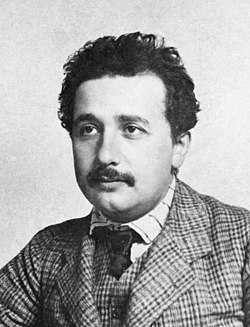| List of years in science |
|---|
| (table) |
| 1905 in science |
|---|
| Fields |
| Technology |
| Social sciences |
| Paleontology |
| Extraterrestrial environment |
| Terrestrial environment |
| Other/related |
The year 1905 in science and technology involved some significant events, particularly in physics, listed below.
Contents
- Astronomy
- Biology
- Chemistry
- Mathematics
- Paleontology
- Physics
- Physiology and medicine
- Psychology
- Technology
- Awards
- Births
- Deaths
- References
